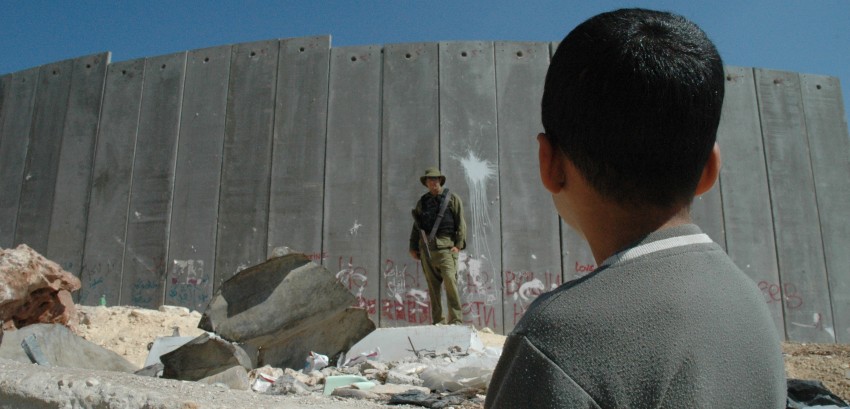The Bernard and Audre Rapoport Center for Human Rights and Justice and the Texas International Law Journal (TILJ) at the University of Texas School of Law are planning a joint symposium on February 25-26, 2010. The event is co-sponsored by the Humanities Institute, the South Asia Institute, the Center for Middle Eastern Studies, the Department of Middle Eastern Studies, the School of Law, the Center for American Architecture and Design, the Teresa Lozano Long Institute for Latin American Studies, and UT Libraries.
Building on the work of the Rapoport Center’s Border Wall Working Group and its investigation into the human rights impact of the US-Mexico border wall, the conference proposes to convene a group of interdisciplinary thinkers who have researched the recent history of walls – made, unmade, in the making – and their consequences on the geographies of nation states and their neighbors, of communities both domestic and international, virtual and everyday.
Do walls create more conflict than have the crises they seek to contain, as has been argued, with regard to the Israel/Palestine wall? What happens when walls, once fortified and relied upon, are torn down? (Consider, for example, the consolidation of “fortress Europe” after the collapse of the Berlin wall.) Do the walls around “gated communities” – from Johannesburg to Los Angeles to Jerusalem – function in some of the same ways as border walls? And what about those who are left out of gated or walled spaces? What roles will walls play in an increasingly globalized and interconnected world? What legal structures provide the foundation for the authority to build walls, and how do those legal structures vary from nation to nation?
Walls, symbolic and real, have consequences not only for people and polities, but for the surrounding – and enclosed – national and cultural environments as well. Walls impact both ways of thinking and modalities of living.
The 2-day conference proposes: first, to facilitate an interdisciplinary discussion of the effects of walls on the human rights of marginalized communities (and in the production of the marginalized status of those same communities) and their attendant environmental and cultural eventualities; second, to examine the roles of walls in re-making international borders and re-defining issues of private v. public and questions of national security; and third to consider the role of international and domestic law and legal advocacy in both challenging and sustaining walls. TILJ expects to publish 6–10 papers resulting from the conference in its symposium issue.

